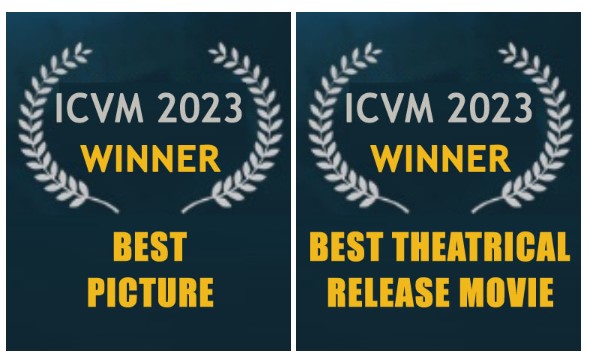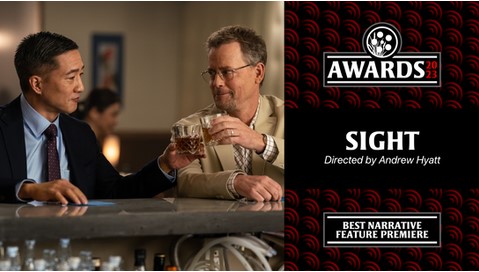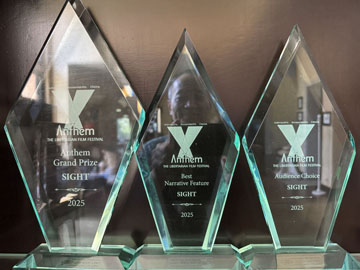For Dr. Ming Wang, science and faith play crucial roles in helping blind people see.
By Cara Michelle Miller, Apr. 15, 2024. Epoch Health
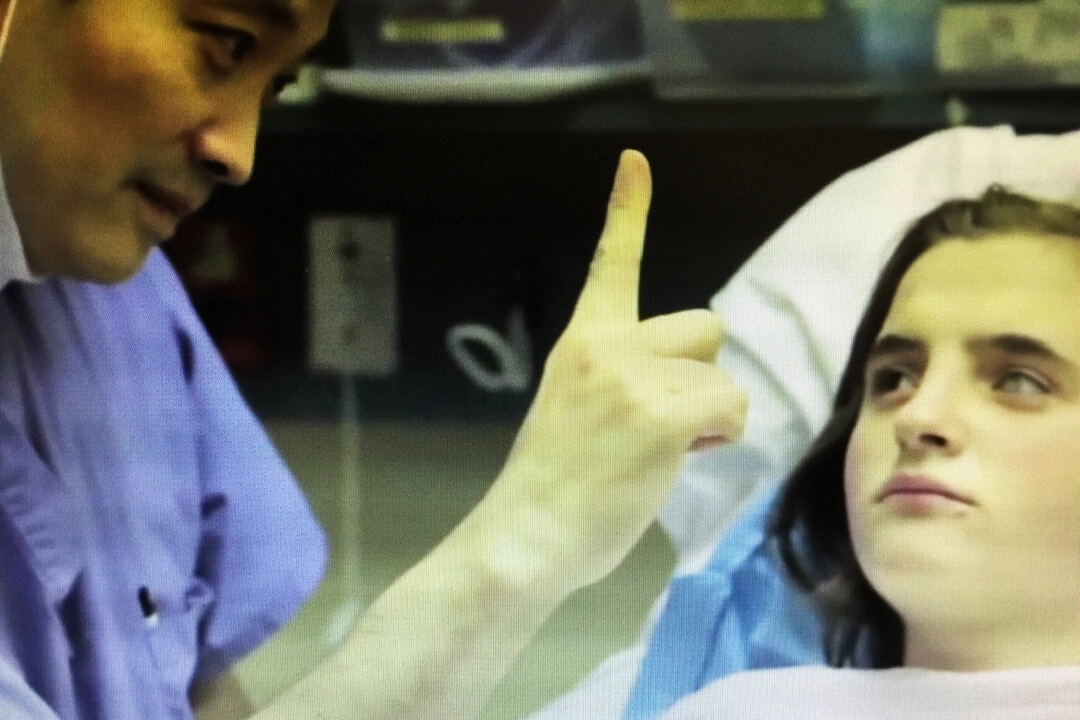
After surgery, Dr. Ming Wang lifted one finger and asked Maria Morari how many he was holding up. Maria, who had been blind, replied, "Unu"—Romanian for "one."
Blind since she could remember, 15-year-old Maria Morari had traveled over 5,000 miles from Moldova in Eastern Europe to Nashville, Tennessee, in hopes of having her vision restored by world-renowned laser eye surgeon Dr. Ming Wang.
Reviewing the surgical plan one last time, Dr. Wang reflected for a moment on the slim chance of success. After waiting a year to get Maria’s medical visa approved, plus the weight of everyone’s hopes and expectations, it was almost more than he could bear. Dr. Wang recalled feeling disheartened by his thoughts that the surgery would likely be futile.
Maria’s left eye, which had a detached retina, was beyond repair, Dr. Wang told The Epoch Times. “Maria’s right eye, however, still had 1 percent of her eyesight; she could still see light, and it was her only hope.”
Facing an Uncertain Future
Since Maria was 7, she had lived in an orphanage with many other children from families that were too impoverished to care for them. She would soon turn 16 and be too old to live there.
For someone in Maria’s circumstance—utterly dependent on others and living in one of the poorest countries in Europe—she faced living the rest of her life being trafficked on the streets. Sight was Maria’s only chance for a better future.
But the odds were against her—a severe cataract, a deformed iris, a constricted pupil damaged by a lifetime of inflammation—and the surgery would be difficult and risky. If successful, Maria might gain some vision, “but if the surgery failed, she would be in complete darkness for the rest of her life,” Dr. Wang said.
Dr. Wang knew he couldn’t give up, despite the impossible odds. Past hardships had forged in Dr. Wang an enduring grit, a strength that he combined with his trust in God.
As a child growing up in Hangzhou, China, Dr. Wang was born two years into the Great Leap Forward, a time marked by danger and the worst famine in human history. He had survived the Cultural Revolution of the 1960s, which sent millions of citizens, as well as children, to work camps, never to be seen or heard from again.
“Like Maria, I was well acquainted with pervasive poverty and crushing hopelessness,” Dr. Wang writes in his memoir, “From Darkness to Sight.”
Seeing Beyond Our Circumstances
Coming from a long line of doctors, Dr. Wang was Maria’s age when his dreams of following in his mother and father’s footsteps were seemingly shattered.
By 1966, when a young Ming started elementary school, the universities across China were already closed. Then, in 1974, as a 9th grader, he and millions of other students had to leave school without hope of finishing their education.
As a teenager, he avoided the work camps by joining the government’s song-and-dance propaganda troupe, where he played the ehru, a stringed instrument similar to a violin, and worked at a factory to survive. These were dark years for Ming and his family.
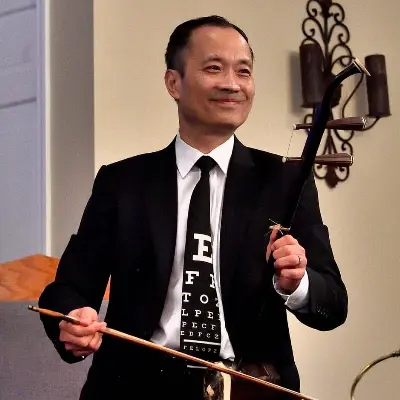
Dr. Wang playing the ehru.
“My parents were able to see beyond their circumstances, beyond the poverty, the tumultuous situation, and believed that there would be a better tomorrow for their kids,” said Dr. Wang.
Likewise, Maria gained a sense of hope after meeting the Hendrichs. The couple had brought their children on a short-term service trip to Moldova with Justice and Mercy International, an organization that addresses injustice and poverty for abandoned children.
The family bonded with Maria before leaving Moldova and were desperate to help in any way they could. Once the Hendrichs returned home, they connected with the Wang Foundation for Sight Restoration and shared Maria’s story.
Solving the Mystery of Scarless Healing
When Maria met Dr. Wang in 2013, it had been three decades since he had overcome his impossible odds and immigrated to America.
While working three jobs, he was eventually accepted to Harvard Medical School, where he graduated with honors.
It was during his time in college that Dr. Wang, then an atheist, fostered a relationship with a professor who posed questions about God and presented him with evidence for intelligent design.
“I learned that science and faith serve two different purposes; science gives you the tools, and faith gives you purpose, what one will use the tools for,” said Dr. Wang, who also received another medical degree from the Massachusetts Institute of Technology (MIT).
Today, Dr. Wang holds several U.S. patents for his inventions of biotechnologies that restore sight, including the world’s first amniotic membrane contact lens, which allows the eye’s surface to heal without scarring. It can also be used to reduce existing corneal scarring. The invention has helped millions of patients regain their vision and, a ccording to Dr. Wang, was guided by his prayers to God.
Scarring on the cornea, the eye’s surface, often leads to blindness. Dr. Wang solved the problem of corneal scarring—a normal wound-healing response—by investigating how babies heal without scarring while inside a mother’s womb. Throughout the research process, Dr. Wang’s faith was tested against his role as a scientist, as he refused to experiment on aborted fetal tissue due to his belief in the sanctity of life.
After nearly 20 years of working on the mystery, Dr. Wang, along with other researchers, came across the answer: a special piece of tissue that is actually discarded after a baby’s birth—the placenta and amniotic membrane.
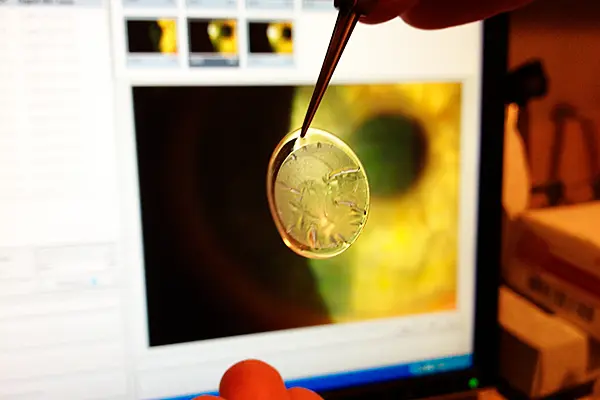
The world’s first amniotic membrane contact lens based on Dr. Wang’s 1999 U.S. patent.
For Dr. Wang, discovering the secret of scarless wound healing without experimenting on aborted fetal tissue was powerful proof that science and faith can work together.
Maintaining Faith Against All Odds
Everyone joined hands before Maria’s surgery, and Dr. Wang earnestly prayed that he and his surgical team would do their best and that God would grant them a sense of peace, regardless of the outcome.
Halfway through the surgery, Dr. Wang was certain that he had been given a task beyond his knowledge and skills. He recounts in his autobiography the moment that he almost gave up but instead let go and let God be in charge. A sense of calm came over him, and he continued with Maria’s surgery. After four arduous hours, the anatomical structure of Maria’s right eye had been restored. But would she be able to see?
When it was time to remove her eye patch, Maria permitted her host family and the staff to be in the room. Leona Walthorn, Dr. Wang’s assistant, brought everyone in.
Ms. Walthorn recalled the look of relief and joy that came over everyone the moment Maria whispered, “Unu,” which means “one” in Romanian, as Dr. Wang raised his finger and asked how many fingers he was holding up.
A few minutes later, Maria saw her reflection in a mirror for the first time in her life.
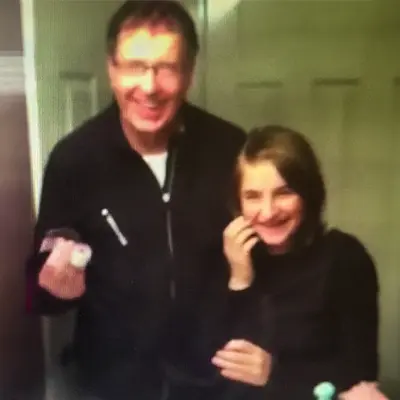
“I am so pretty!” Maria Morari (R) exclaimed in Romanian when she saw herself for the first time in 2013
“I’ll never forget the big hug between the Hendrich’s daughter and Maria when she saw Casey looking back at her for the first time,” Ms. Walthorn told The Epoch Times.
Part of Maria’s miraculous treatment is owed to the amniotic membrane contact lens that helped her right eye heal, improving her vision from 1 percent to 20 percent.
Helping Others Around the World
Dr. Wang has performed over 55,000 procedures. He has published over 10 textbooks and more than 100 other scientific papers. His nonprofit, Wang Foundation for Sight Restoration, has helped patients from over 40 states in the United States, and from 55 countries, with all surgeries performed free of charge.
His story has been adapted into a biographical film titled “Sight,” set to be released nationwide on May 24. The film stars Terry Chen as Dr. Wang, alongside Oscar-nominated actor Greg Kinnear. The film begins with the true story of another young orphan who deeply impacted Dr. Wang’s life—4-year-old Kajal, who started her life as a beggar in India, living in complete darkness, and who sparked a transformation in Dr. Wang, enabling him to let go of his painful past and help others more fully.
Dr. Wang said that those who appreciate sight the most are those who used to be blind. The same goes for freedom: Those who appreciate it the most used to not have it. He hopes his story will inspire more people to see beyond their own pain and work together to build a “better tomorrow.”

